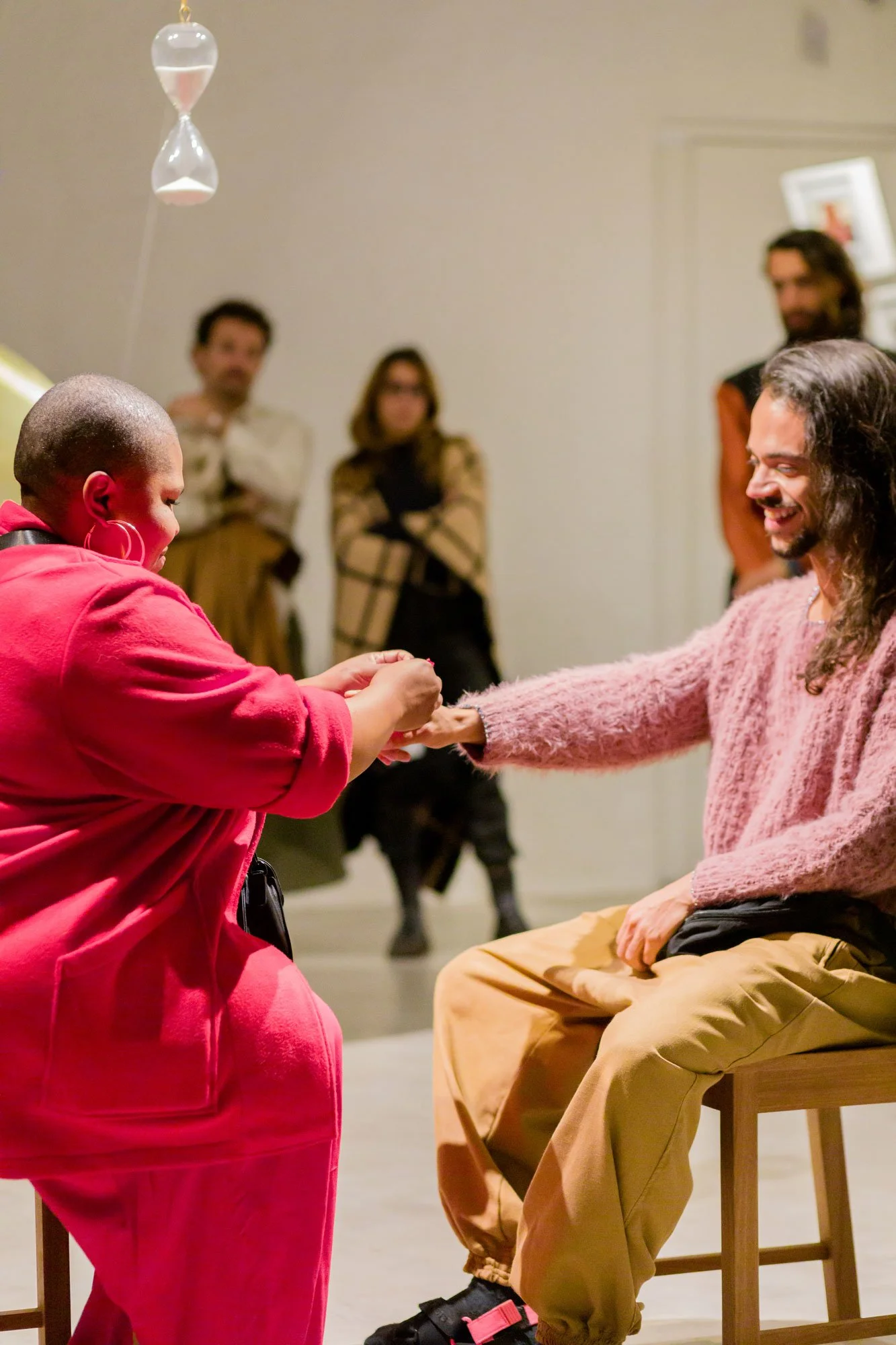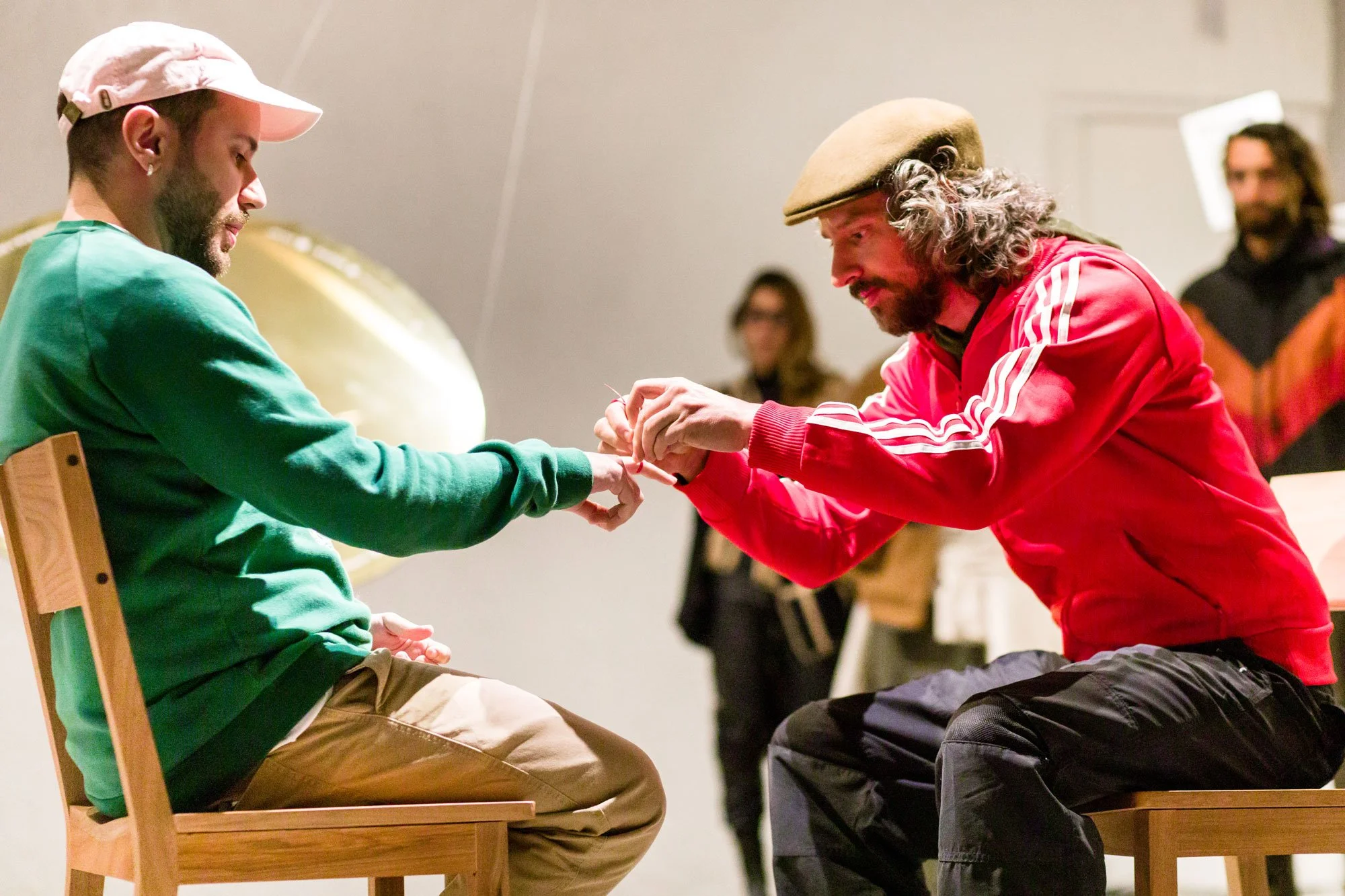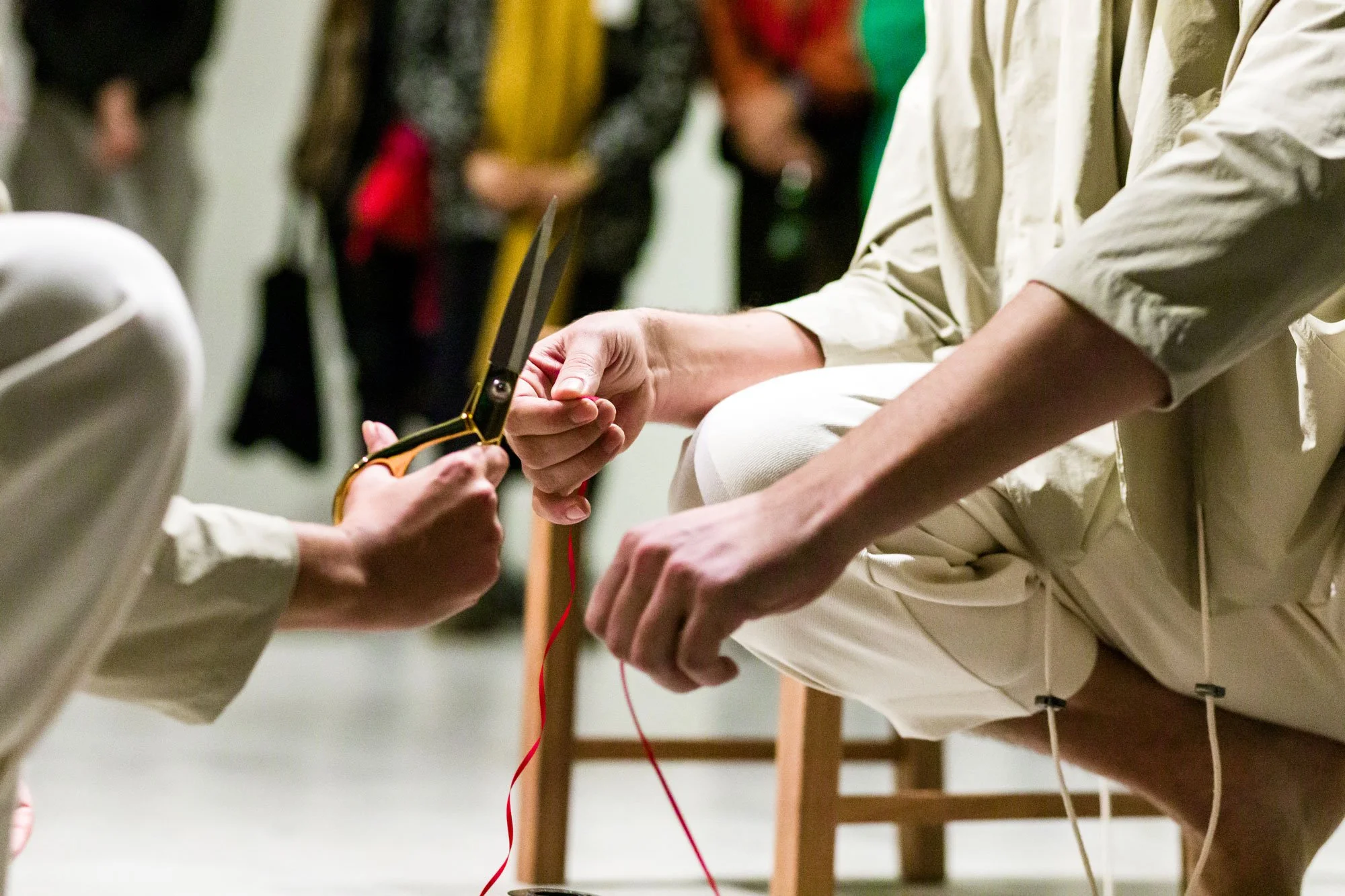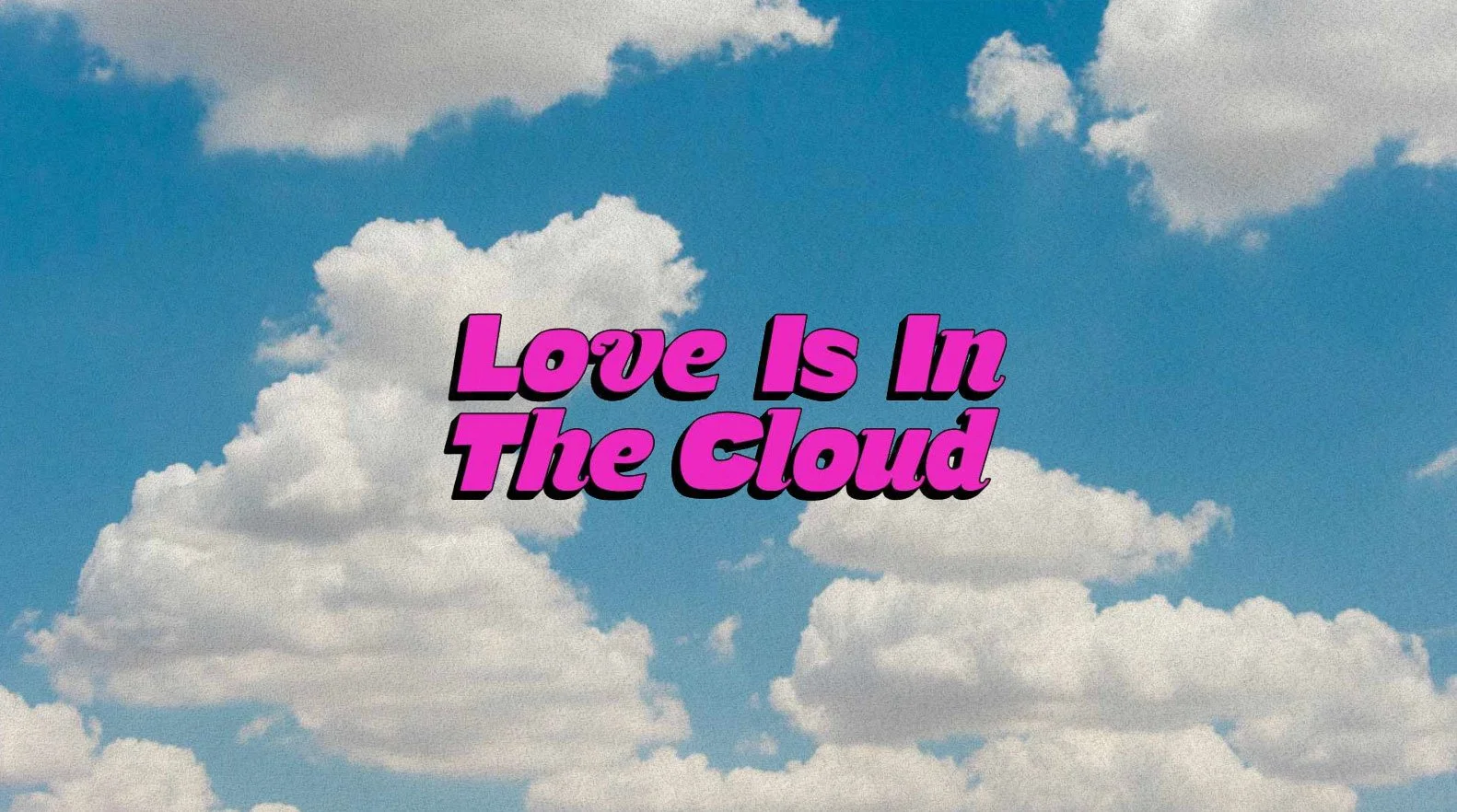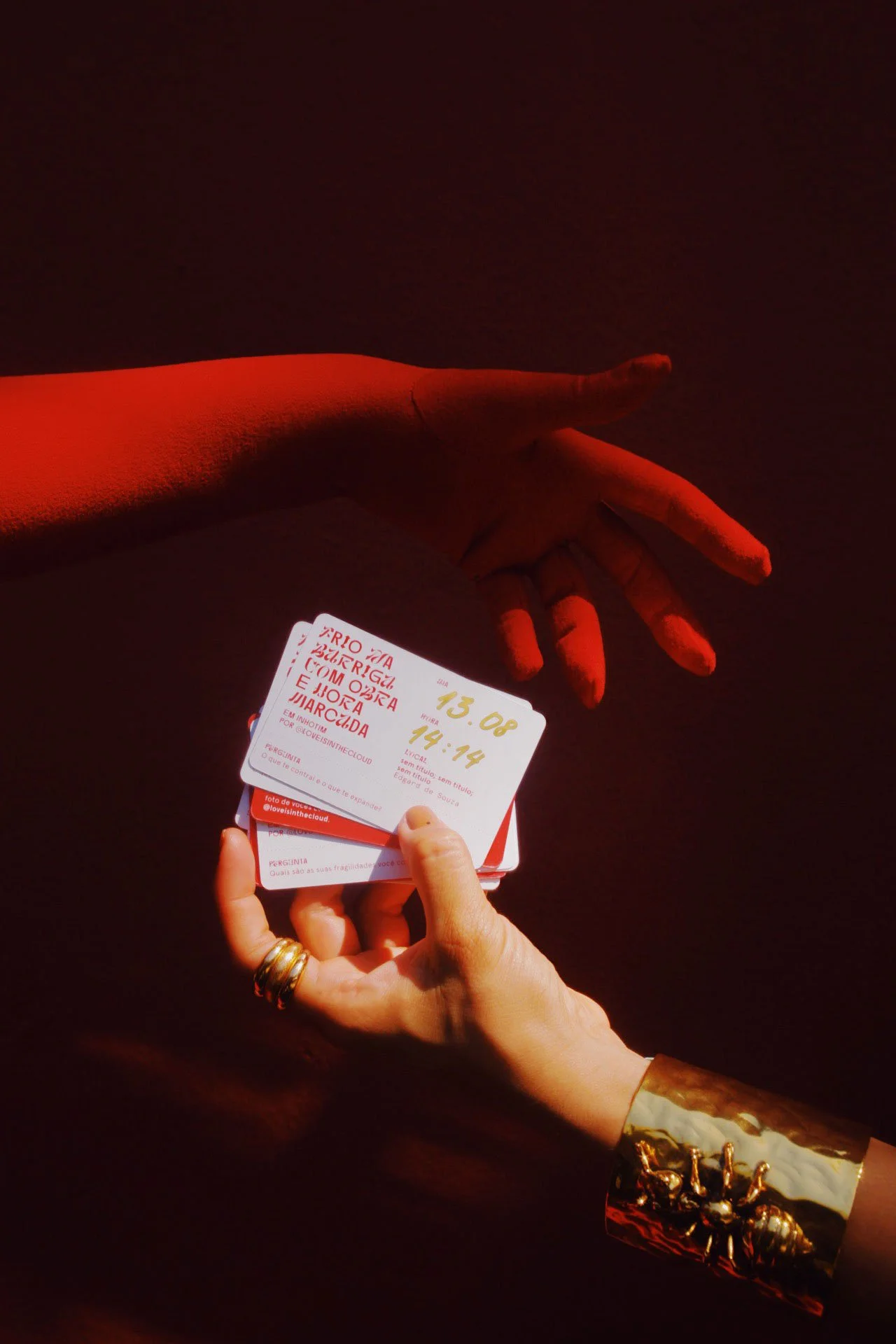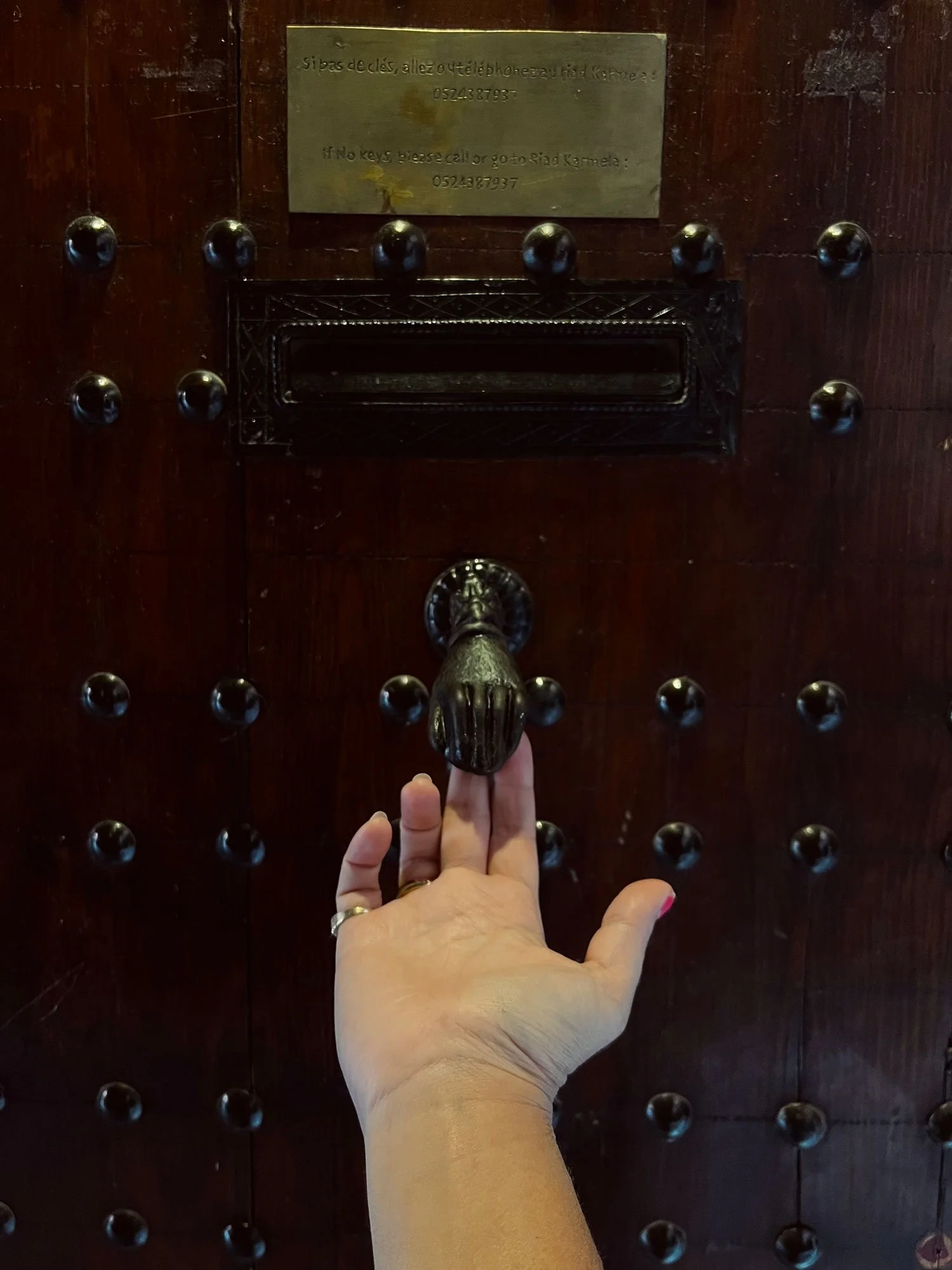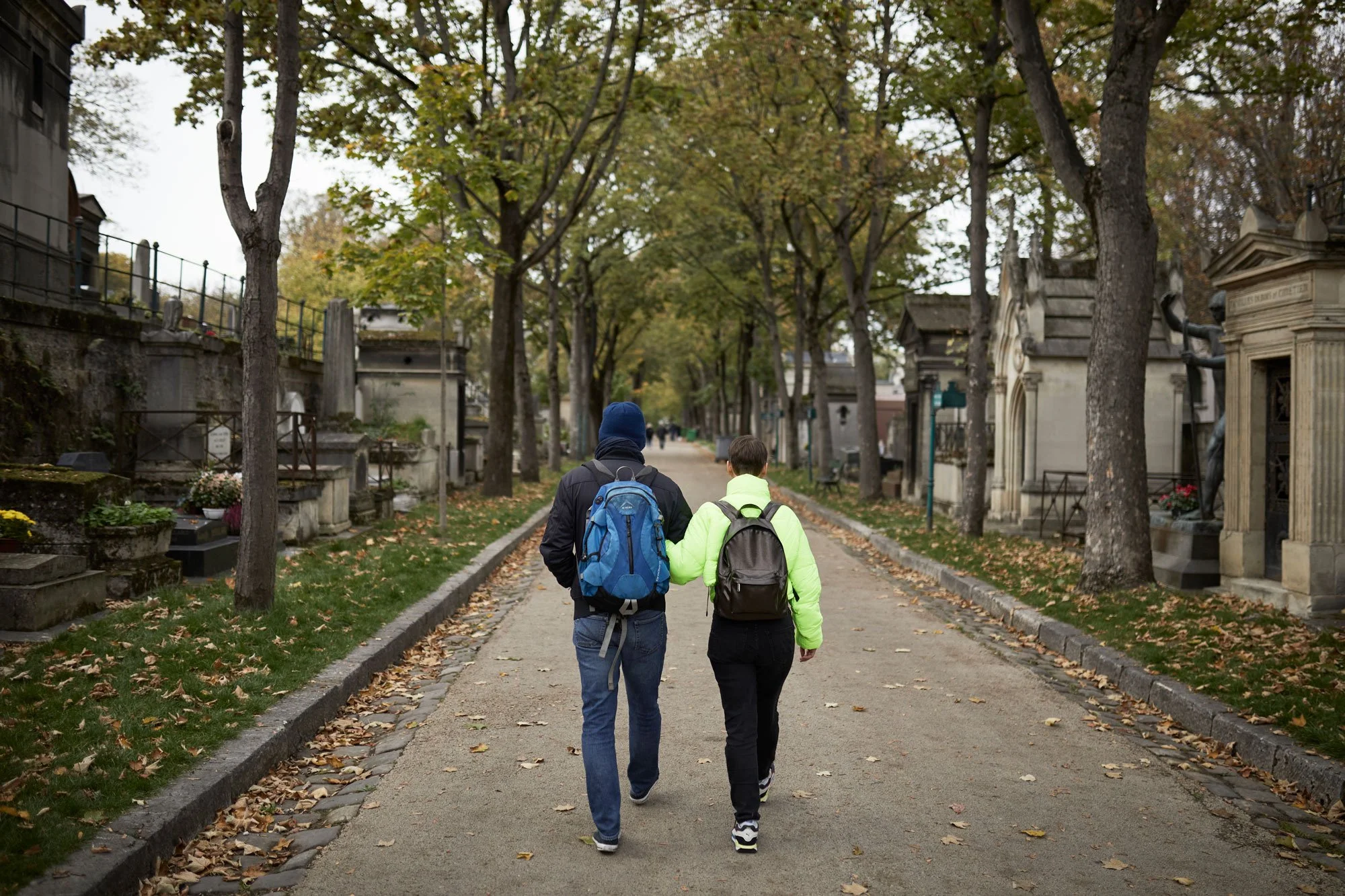WHAT WE
CANNOT FORGET
A participatory performance of collective memory, care, and continuity.
São Paulo, 2023
Roles: Co-Creator, Artistic Director, Performance Facilitator
Collaborator: Edson Pavoni, Artist
Curator: Carollina LaurianoDESCRIPTIONWhat We Cannot Forget is a participatory performance co-created by Isabella Nardini and Edson Pavoni, presented on June 17, 2023, at Casa Cósmica, São Paulo, as the opening ritual of the exhibition curated by Carollina Lauriano.
It emerged from a profound need to create rituals and mechanisms for collective remembrance, honoring the personal and societal transformations triggered by the Covid-19 pandemic in Brazil.
The performance centered around a single, urgent question: “What can you not forget about the pandemic in Brazil?”
Through this shared inquiry, participants were invited to reveal, elaborate, and honor memories that marked them — individually and collectively.
EXPERIENCE DYNAMICSThe performance unfolded through a slow, choreographed ritual:
Isabella and Edson entered the exhibition space walking in silence, dressed in white, making slow eye contact with the audience.
Isabella carried an hourglass by hand; Edson suspended it from the ceiling at the center of the space, where sand began to fall, marking the time of one hour.
Around the hourglass, two simple chairs faced each other. The audience gathered standing and sitting around them, creating a silent circle of witnesses.
Sitting on the floor, the artists cut dozens of pieces of delicate red ribbon with a pair of golden scissors — preparing the memory ties.
Then, seated facing each other, Isabella spoke aloud her answer to the guiding question. After she finished, Edson tied a red ribbon on her finger — a centuries-old memory aid, repurposed here into a ritual of collective remembrance.
Edson then shared his memory, and Isabella tied a ribbon around his finger.
Standing, the artists embraced — acknowledging the shared vulnerability —
and initiated the participatory ritual: walking slowly among the audience, holding out a ribbon and locking eyes with individuals, asking:
“What can you not forget?”
Each time eye contact was made, a new participant was invited to take a ribbon, sit in one of the two chairs, and repeat the ritual —
sharing their memory aloud, tying ribbons, and weaving a growing web of remembrance.
As the sand fell, a delicate choreography of memories, bodies, and red threads unfolded — turning the entire space into a living, breathing memorial of what must not be forgotten.
PHILOSOPHICAL AND POLITICAL CONTEXTWhat We Cannot Forget directly engaged Brazil’s collective trauma from the pandemic — where over 700,000 lives were lost amid governmental neglect and social fragmentation.
In a country historically marked by unresolved traumas, the performance emphasized the ethical duty to remember.
Rooted in interdisciplinary reflection — from Freud’s study of collective trauma, to Susan Suleiman’s theory that memory and forgetting are co-constitutive, to Vinciane Despret’s notion of remembrance as active creation — the work framed memory not as nostalgia, but as an urgent political and emotional act.
The red ribbon — a classical mnemonic symbol — became a materialized commitment to remembrance. Each tied ribbon was a promise, a burden, a seed for future transformation.
ARTISTIC REFLECTIONBy centering the experience around a single, urgent question and an elemental ritual of touch, gaze, and voice,
What We Cannot Forget created a living social sculpture —
one shaped by the vulnerability, courage, and humanity of its participants.
The performance revealed that remembrance is not passive:
It is a conscious, bodily act — sculpted in time, space, and relation.
Every participant left not only moved but marked — carrying a red ribbon on their finger, tied by another’s hand, carrying a fragment of collective history on their own body.

